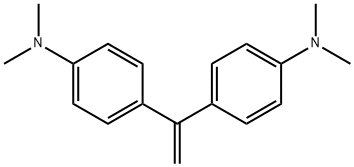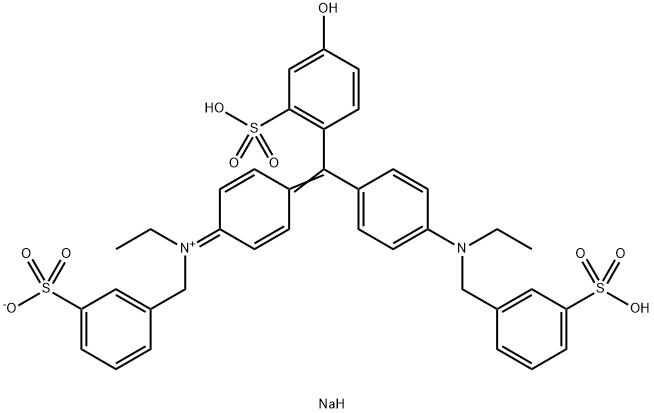PRODUCT Properties
| Melting point: | >250°C |
| Boiling point: | 631.13°C (rough estimate) |
| Density | 0.9659 (rough estimate) |
| refractive index | 1.6010 (estimate) |
| storage temp. | Inert atmosphere,Room Temperature |
| solubility | H2O: 10 mg/mL, very deep purple |
| form | powder |
| Colour Index | 42600 |
| color | Olive green |
| PH Range | Yellow (0.0) to blue (3.5) |
| Odor | Odorless |
| Water Solubility | Soluble in water (10 mg/ml). |
| λmax | 596nm |
| ε(extinction coefficient) | ≥12000 at 250-256nm in water at 0.003mg/mL ≥17000 at 304-310nm in water at 0.003mg/mL |
| BRN | 4117566 |
| Stability: | Light Sensitive |
| Major Application | Integrated circuits, fiber-optic pH sensors, display device, inks, high-lighter, lithographic printing plates, decoder system, detergents, hair dyes, cosmetics, wound dressing materials, diagnosis of diseases caused by elemental imbalances, antimicrobial, photochemotherapeutic agent |
| EPA Substance Registry System | C.I. Basic Violet 4 (2390-59-2) |
Description and Uses
Ethyl violet has been used to stain pancreatic tissue and elastin in the detection of gram negative bacteria, and as a reagent for the extractive-spectrophotometric determination of anionic surfactants. It has been used in the extraction and spectrophotometric determination of copper. Along with the anionic dye zincon, ethyl violet is used in counterion dye of proteins in SDS-polyacrylamide gel electrophoresis. Along with the anionic dye zincon, ethyl violet is used in counterion dye of proteins in SDS-polyacrylamide gel electrophoresis.
Safety
| Symbol(GHS) |   GHS05,GHS07 |
| Signal word | Danger |
| Hazard statements | H302-H318 |
| Precautionary statements | P280-P301+P312+P330-P305+P351+P338+P310 |
| Safety Statements | 24/25 |
| WGK Germany | 3 |
| RTECS | KH2682000 |
| TSCA | Yes |
| HS Code | 32041300 |
| Toxicity | mouse,LDLo,oral,320mg/kg (320mg/kg),Archives of Environmental Contamination and Toxicology. Vol. 14, Pg. 111, 1985. |




